Trayvon Martin; Two Years Later
February 26th, 2014 marks the two year anniversary of the highly-controversial death of a black 17 year old,Trayvon Martin. As many of the readers may know, Trayvon was shot by George Zimmerman who was on night watch during an altercation between the two inside of a gated community where Trayvon was temporarily staying. Zimmerman shot the teen after the reported conflict and was treated for head wounds before being questioned for the next five hours. Because Florida has “Stand Your Ground” laws, which state that a person is allowed to use lethal force if they have reasonable cause to believe their life is in danger, Zimmerman was not able to be kept for further questioning. The real impacts of the Trayvon Martin case were shown when the public responses came sweeping in. Outcry over the incident rose and many called for a full-on investigation and trial regarding the tragic event. Even more prevalent was the exposure of American institutionalized racism involved in the case.
The laws in question, also known as Florida’s “Stand Your Ground” laws, bring to light systems of institutionalized racism in Florida. While the laws themselves do not overtly discriminate against any group, their implementation shows the heavy amounts of institutionalized racism hiding behind the laws. John Roman, a senior fellow at the Urban Institute’s Justice Policy Center conducted a study regarding the Trayvon Martin case and Stand Your Ground laws (SYG) and the results were nothing short of horrifying. Roman found that in non-Stand Your Ground states, whites are 250% more likely to be found justified in killing a black person as opposed to a white person who kills another white person. In states with Stand Your Ground laws, that same number stands at an astounding 354%. While George Zimmerman is not fully “white” the media has portrayed him as an almost exclusively white person. The inquiry into Zimmerman’s race has also not called to question the biological factor, (which could classify him as a Hispanic/White mixed race,) therefore we can deduct that the inquiry of his race is a product of subcultural classifications which defines him as white. This allowed Zimmerman to take advantage of the Stand Your Ground laws which is the primary example of institutionalized racism in this case because the SYG laws empirically favor white people over people of color.
While many consider Trayvon Martin’s case to be an isolated “incident” when it comes to cases revolving around racial inequalities, that misconception is far from the truth. Cases like Trayvon’s have been seen countless times in the United States and empirically show that racial inequality is perpetuated by the government through institutionalized racism. Cases such as Renisha McBride, Canard Arnold, Kenneth Chamberlain, Sean Bell, and Jordan Davis all were pegged as mere “accidents” with little to no legal consequences following their miserable excuses for trials. All of these cases also share the common theme of racial inequality. Not a single one of these cases has resulted in significant changes to the Stand Your Ground laws that were involved. The role of race in these cases cannot be denied by our legal system any longer.
While Trayvon’s case has received a large amount of publicity in the past two years, no significant changes to Florida’s Stand Your Ground laws has taken place. This calls to question the validity of equality in a country that prides itself on an equal environment for all races, religions, and ethnicities. In an attempt to gain a local and youth perspective on the case, a few students from West Bloomfield High School offered their opinions on the issue. When asked if the case was an example of American institutionalized racism or simply media bias blowing up the situation’s racial connotations, 12th grader Allison Zywicki said, “I think a little bit of both. The media blew it up on the racism spectrum but other than that we don’t really know what happened. We have this telescopic lens view of it but nobody knows what really happened.” Calling the subject of media bias into inquiry, we can note that there have been large amounts of speculation as to how severe the media bias of the case was, or if there was any at all. What is perhaps more disturbing than any media bias ever could be is the fact that when Americans are confronted with the death of a 17 year old boy, we do not respond to it as a tragedy, but instead claim media bias and propose that he was “asking for it” due to his hoodie and other proposed mannerisms. When Anushka Sarkar, a Senior at West Bloomfield High School as well as Law Club co-president was asked if she thought the laws in question were examples of racial oppression and institutionalized racism she said, “Trayvon Martin, Renisha McBride and Jordan Davis- they are all victims of an institutional war on the black body by the government and by civil society. Not only are their deaths tragic and enraging, the jokes of trials that ensued afterward have been nothing if not indicative of a systemic free-pass mentality toward the denigration of black people. It’s gotten to the point where being black is reason enough for the system to presume an individual’s criminality.”
Looking back on the tragic death of Trayvon Martin, can we as individuals, communities, states, or even as a nation truthfully claim that we have taken the aspects of this case to heart and learned from it? Or have we abandoned Trayvon’s case to the same fate of countless others to be forgotten and ignored? As a writer as well as a racial minority, I personally beg the reader to call to question what we as individuals can do to combat all forms of racism. Be they racism of the individual or institutionalized racism, we need to remember that significant power truly does lie with the people when it comes to matters such as this and we are all responsible for using it to better the world that we live in. At what point will Americans stop taking the well-worn path of apathy and choose to take action against injustices such as the death of Trayvon instead?
(Source article for statistics regarding Stand Your Ground laws can be found here.)
Your donation will support the student journalists of West Bloomfield High School. Your contribution will allow us to purchase equipment and cover our annual website hosting costs.

Neil Haran is currently a senior at WBHS. This is his third year writing for Spectrum. His areas of interest include politics, social justice, and the...


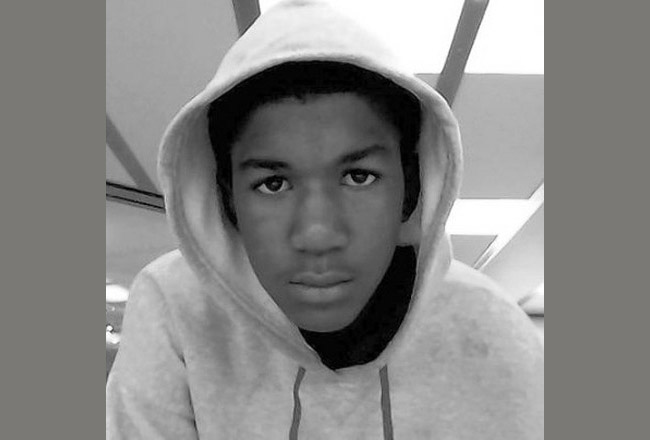
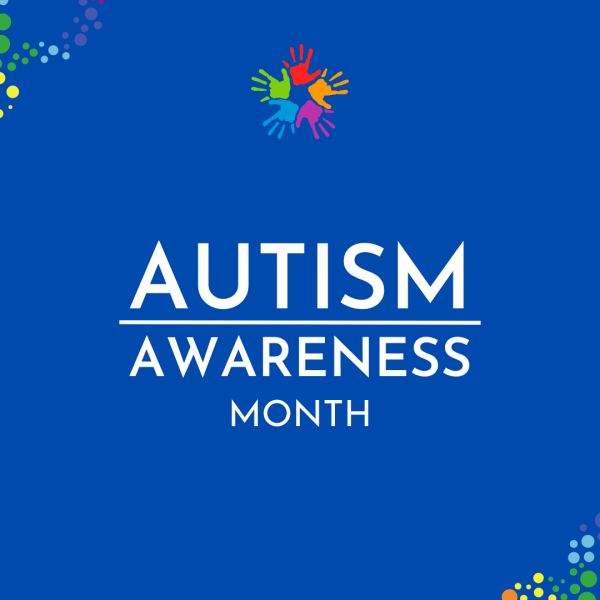


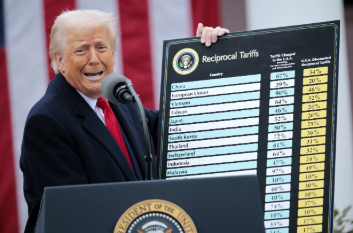


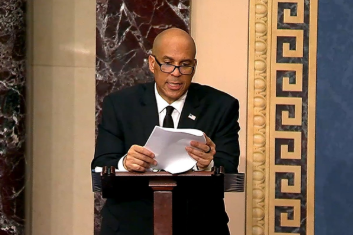
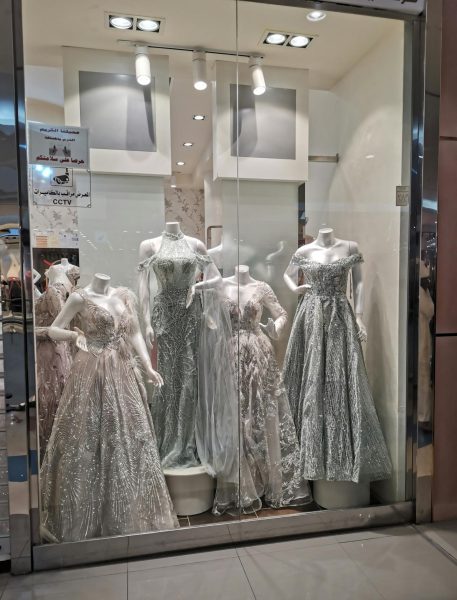


Lewis • Nov 2, 2014 at 2:45 pm
I feel justice was not served in this case and mr zimmerman is a terrible human bieng for the actions he took
Marcelino • Oct 10, 2014 at 10:09 am
That was a wrong decision